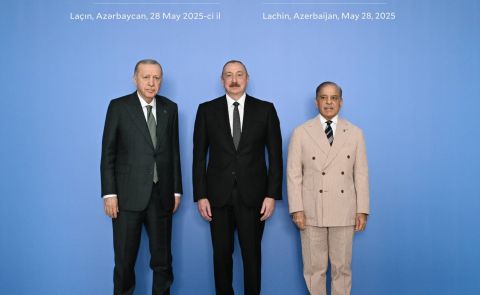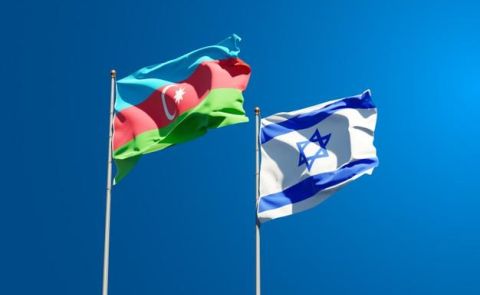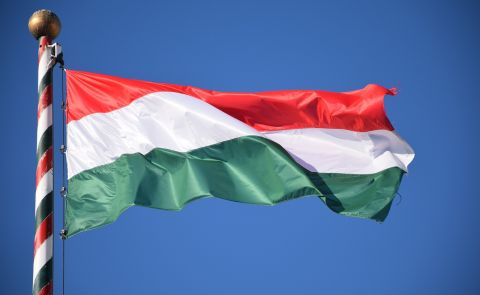
Newest economic developments in Armenia

On 5 February, Armenia’s Prime Minister Nikol Pashinyan called for the development of a common approach for the application of special protective anti-dumping and countervailing measures within the Eurasian Economic Union (EAEU) at the EAEU intergovernmental council in Almaty.
Pashinyan said that improving the mechanisms for applying special protective anti-dumping and countervailing measures can be better used to protect domestic producers from the negative impact of increased imports or unfair competition from third countries. He also suggested that the EAEU member states consider the possibility of developing and implementing a mechanism of retaliatory measures across the union in accordance with the existing international treaties to protect the EAEU internal market.
He also welcomed the Russian government’s decision to lift a Covid-19 related entry ban for Armenians, saying that it will reduce their economic hardship. He said that the move was of “fairly great social and economic significance.” Parallel to Pashinyan’s statement, the country’s Economy Minister Vahan Kerobyan met Russia’s ambassador to the country Sergey Kopyrkin, to discuss the deepening of cooperation between the two countries. “Currently we are planning to develop a multi-vector agenda for cooperation with Russia. I hope that it will contribute to the rapprochement of economic ties between our countries,” Kerobyan stated, noting the importance of creating an infrastructure in Armenia for financing business projects.
Last, but not least, Pashinyan also called for the elimination of borders in the digital field within the EAEU. He said that the Armenian government considers digitalisation, innovation and the latest technologies an important tool for creating an effective and representative system of public administration, a favourable business environment and ensuring progressive economic development. Pashinyan further noted that Armenia envisages the introduction and development of state data policy, electronic services, e-government systems, coordination of digital processes, creation of common standards and digital environment.
“The current digitalisation process in Armenia is carried out based on a common digital agenda of the EAEU. A platform for interaction between databases is being created, which optimises the processes of data exchange between systems and the digitalisation of a large number of public services,” he stated. “Our goal should be a full-fledged and all-encompassing digitalisation of services provided to citizens by the state. To do this, we need to use the entire range of electronic services - mobile phones, network services, cloud technologies, and so on,” he further stressed.
Changes in Armenia’s economic administration also took place on the same day, the head of a State Revenue Committee (SRC) department in charge of international cooperation was appointed as Armenia's new customs attaché in the European Union and the World Customs Organization (WCO). The SRC quoted Melik-Israelyan as saying in a press release that he plans to step up work with international structures located in Brussels to maintain the country's customs service's high rating. Melik-Israelyan said that regular meetings with the business community would be held to identify problems arising in the process of trade and to explain the simplified customs procedures and advantages established by Armenian legislation to the local business community.
The World Bank’s Board of Executive Directors approved a $7.4 million in Additional Financing for the Disease Prevention and Control Project to Armenia which would support the country’s government in closing financing gaps for the construction and equipment for the Martuni Medical Centre in Gegharkunik region, and for the construction and equipment of a new medical centre in Vayots Dzor region. While presenting the project, the WB country manager for Armenia Sylvie Bossoutrot highlighted that the challenges experienced in providing hospital care are acute, especially in Vayots Dzor region, which has not received investments to upgrade the hospital infrastructure for several decades. Due to limitations in the Vayots Dzor region’s hospital capacity during the pandemic, cases requiring intensive care were transferred to hospitals in surrounding regions, introducing delays in accessing services and increasing the risk of mortality.
While addressing the issue of Armenia’s public debt, the country’s Finance Minister Atom Janjughazyan acknowledged that the growing public debt is a cause for concern but insisted that the government can bring it to a “more manageable level.” In his words, the debt will be equivalent to around 70% of Gross Domestic Product (GDP) if the Armenian economy grows in 2021 at a 3.2% rate forecasted by the government. Slower economic growth, anticipated by the country’s Central Bank and the International Monetary Fund, would translate into a higher debt-to-GDP ratio. “As a rule, for developing countries a debt-to-GDP ratio exceeding 70% is considered a high or at least medium level of risk when it is not clear … how the authorities plan to bring it back to a more manageable level,” he said. “We must make every effort to return to that level. We must think not about reducing the debt in absolute terms but about achieving faster GDP growth, which is part of our programmes,” he added.
To note, Armenia’s debt rose by $647 million, to almost $8 billion, in the course of 2020 amid a steep recession primarily caused by the Covid-19 pandemic. According to government projections, it will likely pass the $9 billion mark by the end of 2021.
See Also


Azerbaijan, Türkiye, and Pakistan Highlight Growing Strategic Cooperation at Lachin Summit

Israeli President Highlights Close Cooperation Between Israel and Azerbaijan

FSB Detains Four Militants from Basayev and Khattab Gang

Armenia Caught in East-West Crossfire, US DIA 2025 Report Says

